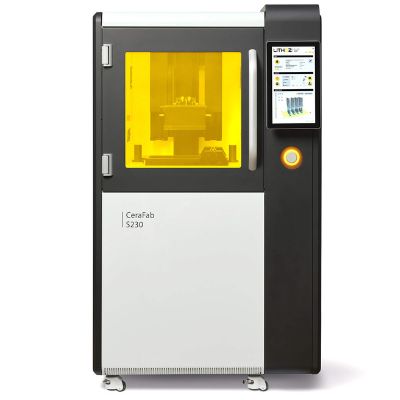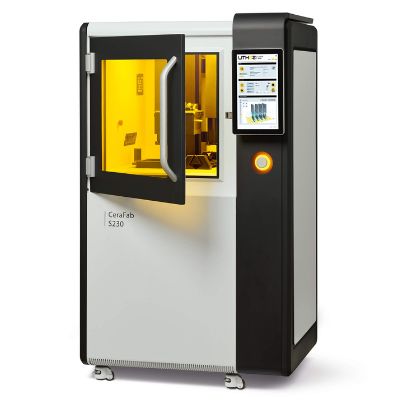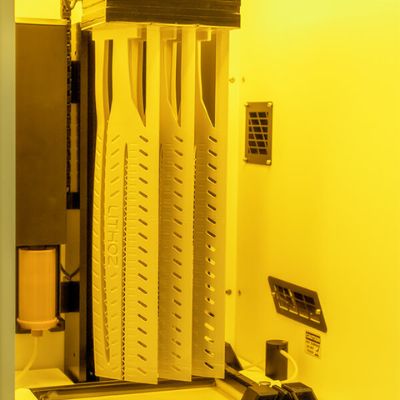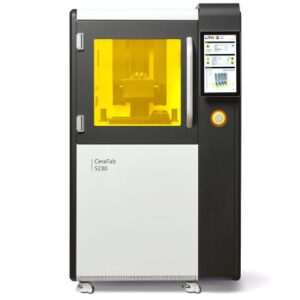The CeraFab System S230 is an offering from Lithoz, an Austrian manufacturer of 3D printers and materials with a focus on ceramics which has additive manufacturing solutions for beginners all the way through experts, with a particular interest in industrial series production. In addition to the CeraFab System S230, the CeraFab Systems S65 and S25 and the CeraFab Multi 2M30 and CeraFab System Medical S65 also join in this impressive product portfolio. The CeraFab System is the answer to the question of industrial series production of additively manufactured high-performance ceramics. The modular design of the CeraFab System allows the combination (cascading) of up to 4 manufacturing units – to form a large production plant. Productivity can thus be increased many times over compared to a single machine and downtime risks can be minimized proportionally. A central element of the CeraFab System S230 is the database-supported storage and processing of all process data, enabling complete documentation of print jobs. Optional software upgrades allow even better parameter management, parameter adjustment or structuring of your production data, as well as the possibility of real-time process control via live video remote transmission.
Features of the CeraFab System S230
Among the CeraFab System 3D printers, the S230 has been designed specifically for the creation of large ceramic parts. In addition to the well-known features of Lithoz printers such as first-class ergonomics, high-quality workmanship and intuitive operation, the S230 also offers maximized installation space for printing as many parts as possible per print job. If the maximum achievable component size is the most important criterion when selecting LCM printers, the CeraFab System S230 comes into play. Its strength is the LCM build platform, which is offered here in maximum size. This has already made it possible to print casting cores half a meter long. Thanks to its large build platform, the printer not only allows the largest parts of all Lithoz LCM printers to be built. With smaller parts, the maximum possible number of components per print job is also achieved.




